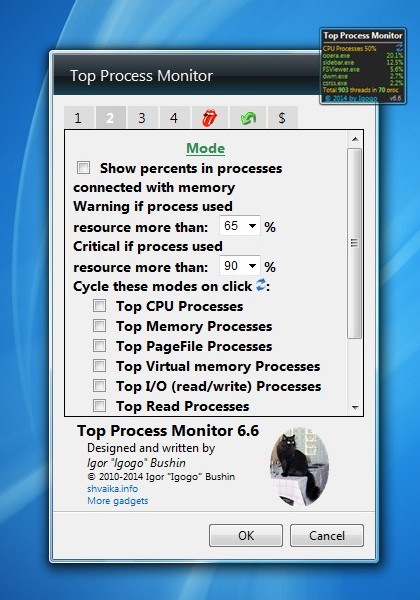

You can learn more about virtual memory and page files by reading Mark Russinovich's excellent article Pushing the Limits of Windows: Virtual Memory.Īs I was researching this post, I found a number of articles at written around the time Windows 2000 and Windows XP were released. The most important thing to realize is that physical memory and the page file added together equal the commit limit, which is the total amount of virtual memory that all processes can reserve and commit. In modern versions of Windows, that is no longer the case. Many Windows users still think of this as a swap file, a bit of disk storage that is only called into play when you absolutely run out of physical RAM. To make things more confusing, there's also a page file (sometimes referred to as a paging file). Each page is a fixed size (typically 4 KB on a Windows system). Windows organizes memory, physical and virtual, into pages. So why do people get confused over memory usage? One of the biggest sources of confusion, in my experience, is the whole concept of virtual memory compared to physical memory. Even with that workload, I still had roughly 10% of physical RAM available. And, of course, three memory monitoring tools.
PROCESS MONITOR WIN 7 PDF
At one point I had 13 browser tabs open, including one playing a long Flash video clip) at the same time I had opened a 1000-page PDF file in Acrobat Reader and a 30-page graphically intense document in Word 2010, plus Outlook 2010 downloading mail from my Exchange account, a few open Explorer windows, and a handful of background utilities running. Even on a system with only 1 GB of RAM, I found it difficult to exhaust all physical memory.


 0 kommentar(er)
0 kommentar(er)
